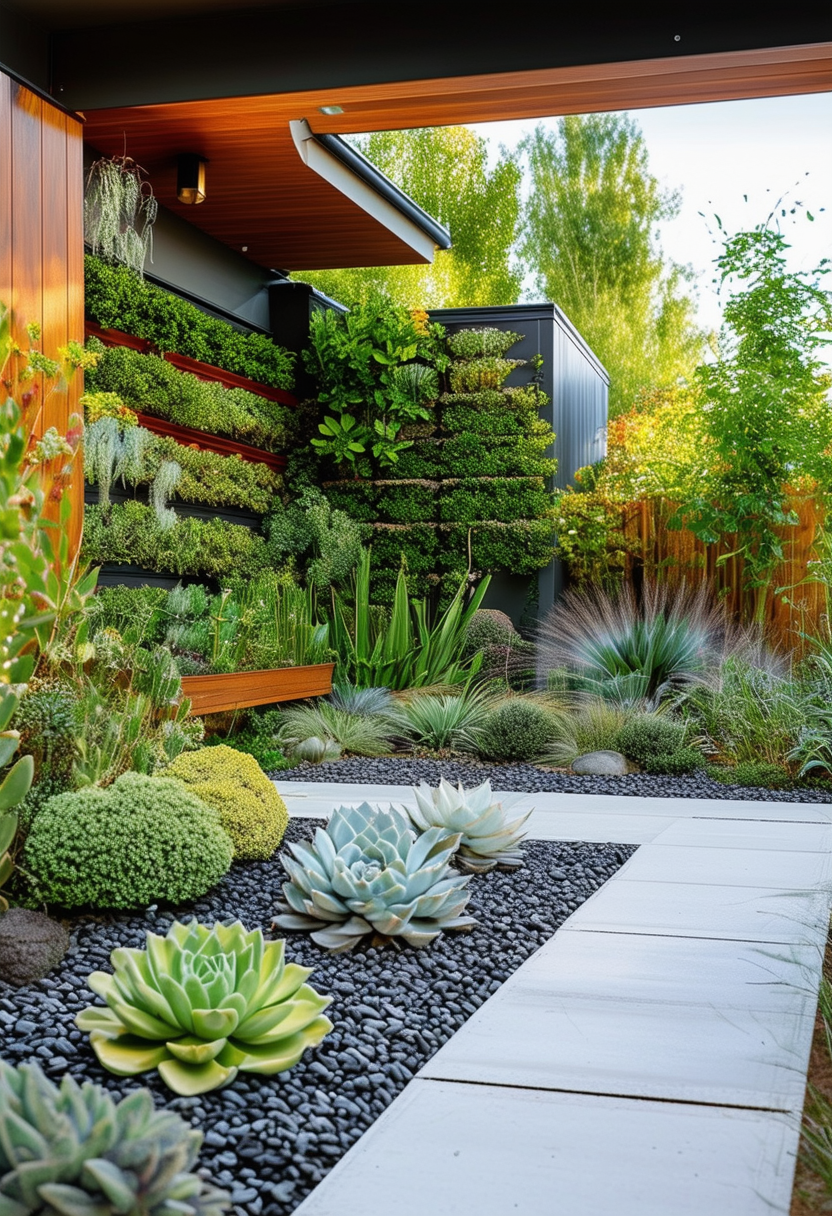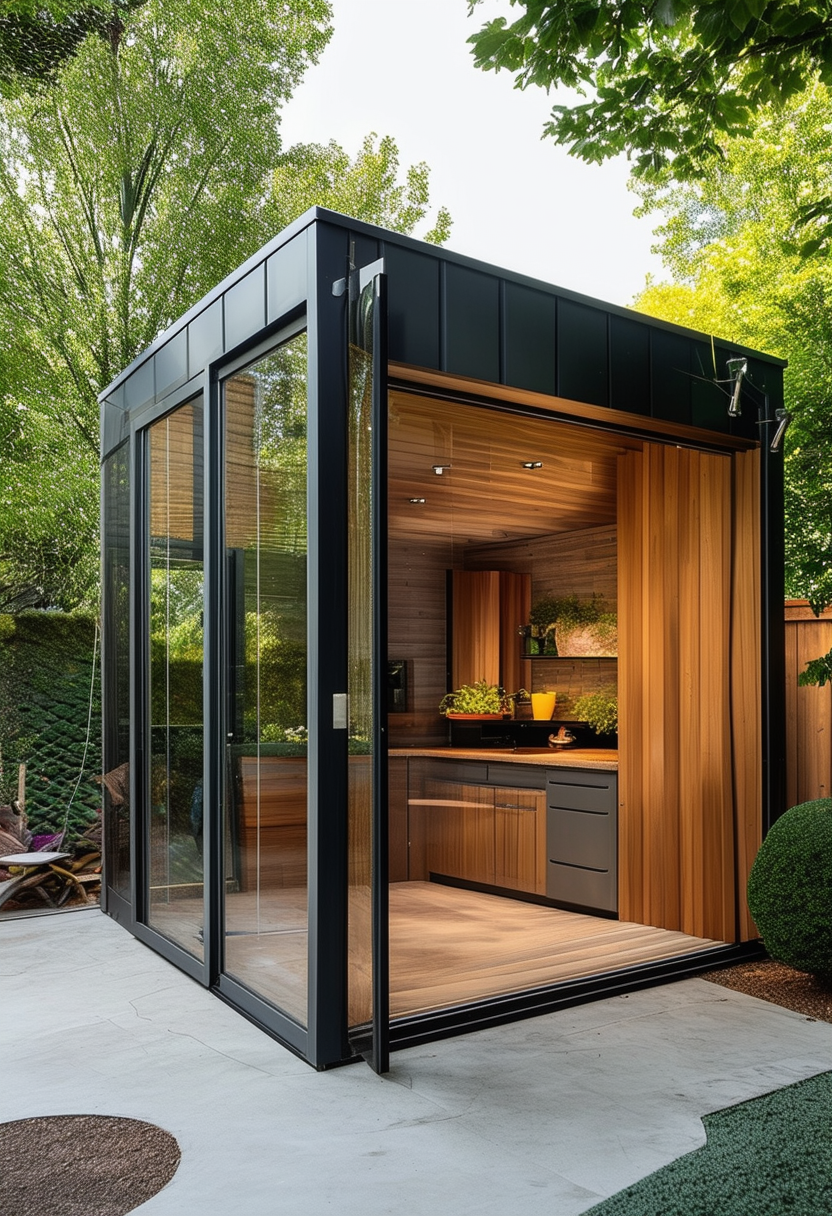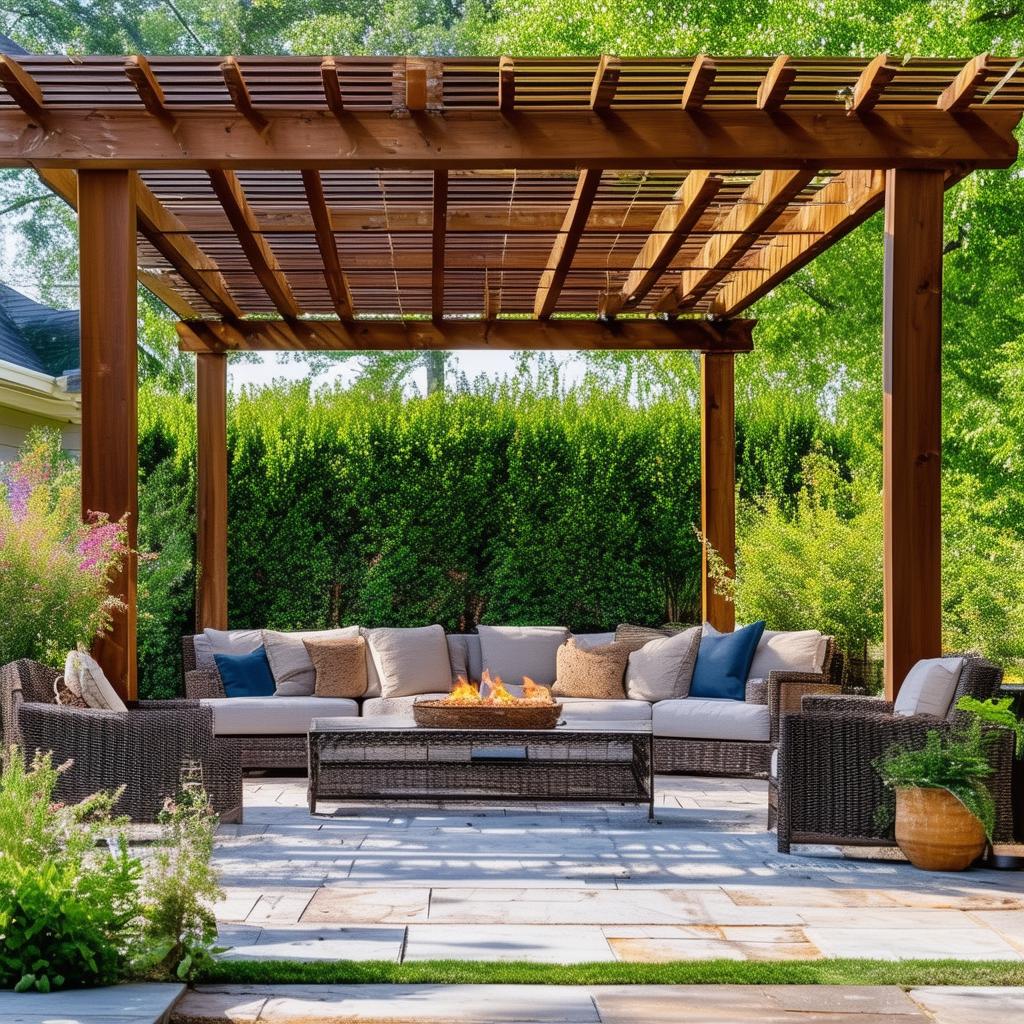The front yard of a house is typically seen as the first impression of a home, often serving as a showcase of the residents’ personality and taste. However, in recent years, there has been a shift towards redefining the traditional idea of front yard landscaping. From sustainable gardens to modern hardscaping, homeowners are revolutionizing the front yard to create a contemporary and stylish outdoor space.
In this article, we will explore the ways in which individuals are transforming their front yards into innovative and functional areas that not only enhance the curb appeal of their homes but also reflect their commitment to sustainability and modern design. By embracing new trends and techniques, homeowners are ushering in a new era of front yard landscaping that is both aesthetically pleasing and environmentally conscious. Join us as we delve into the world of revolutionizing the front yard and discover the endless possibilities that await those looking to elevate their outdoor living space.
Deconstructing Traditional Landscaping Techniques
Traditional landscaping techniques have long been the go-to for homeowners looking to spruce up their front yards. However, the time has come to shake things up and revolutionize the way we approach outdoor spaces. This contemporary approach to landscaping breaks away from the norm and introduces new ideas and techniques that will transform your front yard into a modern masterpiece.
One key aspect of this new approach is the focus on sustainability and eco-friendliness. Instead of relying on excessive water usage and chemical treatments, this contemporary landscaping technique emphasizes the use of native plants and drought-resistant species. By creating a landscape that is in harmony with the natural environment, you not only reduce your carbon footprint but also create a beautiful and low-maintenance outdoor space.
| Traditional Landscaping | Contemporary Approach |
|---|---|
| Involves high water usage | Focuses on drought-resistant plants |
| Relies on chemical treatments | Emphasizes sustainability |
| May require frequent maintenance | Creates a low-maintenance outdoor space |
Maximizing Space with Vertical Gardens
One innovative way to transform your front yard is by creating a vertical garden. By , you can add a contemporary touch to your outdoor space while also incorporating more greenery and plant life. Vertical gardens not only look stylish and modern, but they also provide numerous benefits such as improved air quality, sound insulation, and habitat for birds and insects.
When designing a vertical garden, it’s important to consider the layout and structure of your space. Utilizing vertical wall space effectively can help you make the most of a small front yard. You can create a stunning living wall by using a variety of plants in different sizes and textures. Consider incorporating hanging planters, trellises, and wall-mounted containers to add depth and dimension to your vertical garden.
| Benefits of Vertical Gardens: |
|---|
| Improved air quality |
| Sound insulation |
| Habitat for birds and insects |
Vertical gardens can also be a sustainable option for urban settings, where green space is limited. By incorporating native plants and succulents, you can create a low-maintenance vertical garden that thrives in a variety of climates. Whether you’re looking to create a statement piece in your front yard or simply add a touch of greenery to your outdoor space, is a contemporary and eco-friendly approach to landscaping.
Innovative Water Conservation Strategies
One of the most revolutionary ways to conserve water in your front yard is by implementing a contemporary approach that focuses on both functionality and aesthetics. By incorporating , you can create a beautiful and sustainable outdoor space that not only reduces water usage but also enhances the overall appearance of your home.
One key strategy is to replace traditional grass lawns with drought-tolerant landscaping options such as succulents, native plants, and gravel. These low-maintenance plants require significantly less water than grass and can thrive in arid conditions. Additionally, incorporating permeable paving materials, like gravel or pavers with space in between, can help reduce water runoff and allow rainwater to be absorbed back into the soil.
| Benefits of Drought-Tolerant Landscaping: | Benefits of Permeable Paving: |
| – Requires less water | – Reduces water runoff |
| – Low-maintenance | – Allows rainwater to be absorbed |
Another innovative water conservation strategy is the use of smart irrigation systems that can be programmed to water plants based on their specific needs and the current weather conditions. These systems can help prevent overwatering and ensure that your plants receive the right amount of water at the right time. Additionally, incorporating rain barrels or cisterns to collect rainwater can provide a sustainable water source for your outdoor plants.
Choosing Sustainable and Low-Maintenance Plants
When it comes to revamping your front yard, incorporating sustainable and low-maintenance plants can help create a modern and eco-friendly aesthetic. By carefully selecting the right plant species, you can minimize water usage, reduce the need for pesticides, and save time on upkeep.
Consider opting for native plants that are well-adapted to your region’s climate and soil conditions. These plants typically require less water and maintenance compared to exotic species. In addition, native plants promote biodiversity and support local wildlife, making them a great choice for environmentally conscious landscaping.
| Plant Species | Water Requirements | Maintenance |
| Oregon Grape | Low | Minimal pruning |
| Lavender | Low | Occasional deadheading |
| Yarrow | Low | Drought-tolerant |
Incorporating a variety of textures, colors, and sizes can add visual interest to your front yard while still keeping maintenance to a minimum. Grouping plants with similar care requirements together can also streamline the maintenance process and ensure that each plant thrives in its designated area. With a thoughtful selection of sustainable and low-maintenance plants, you can transform your front yard into a contemporary and environmentally friendly outdoor space.


